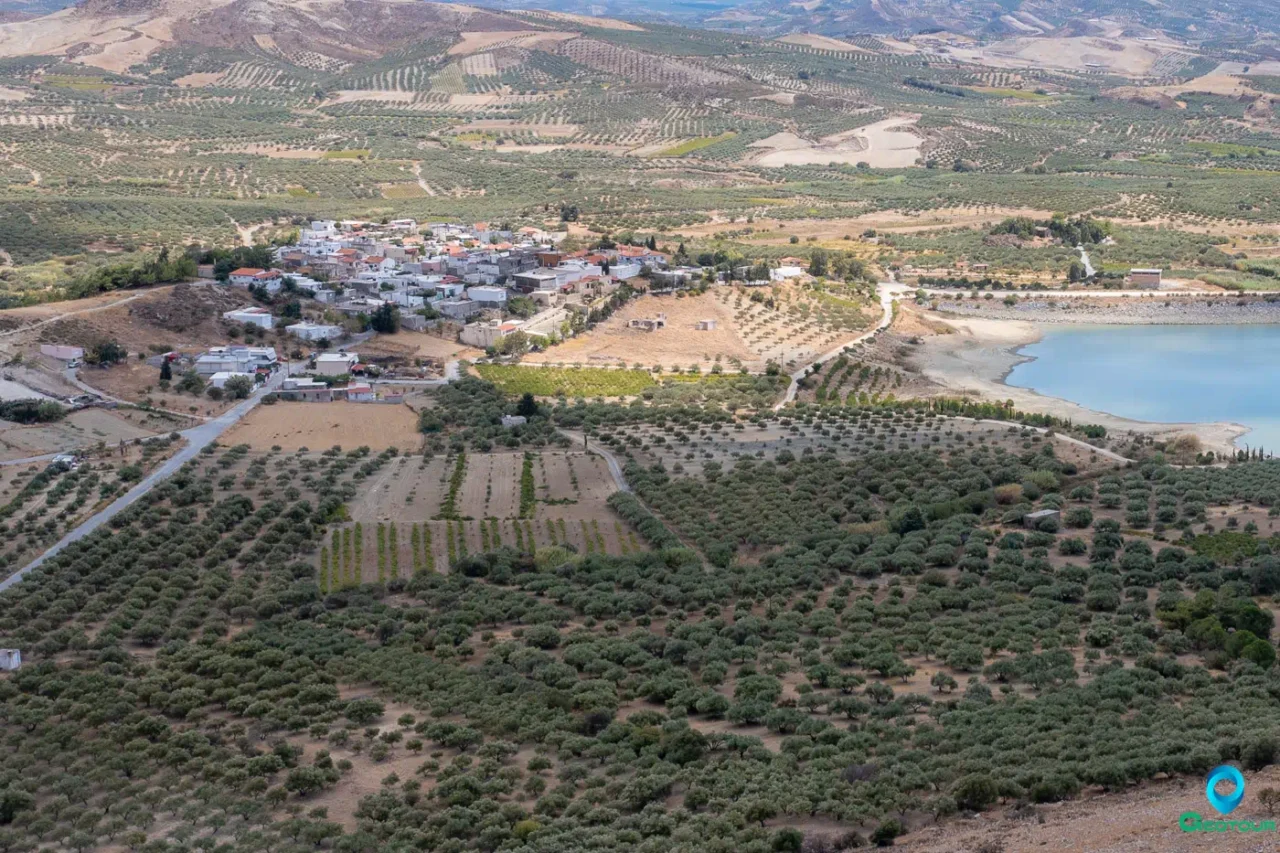
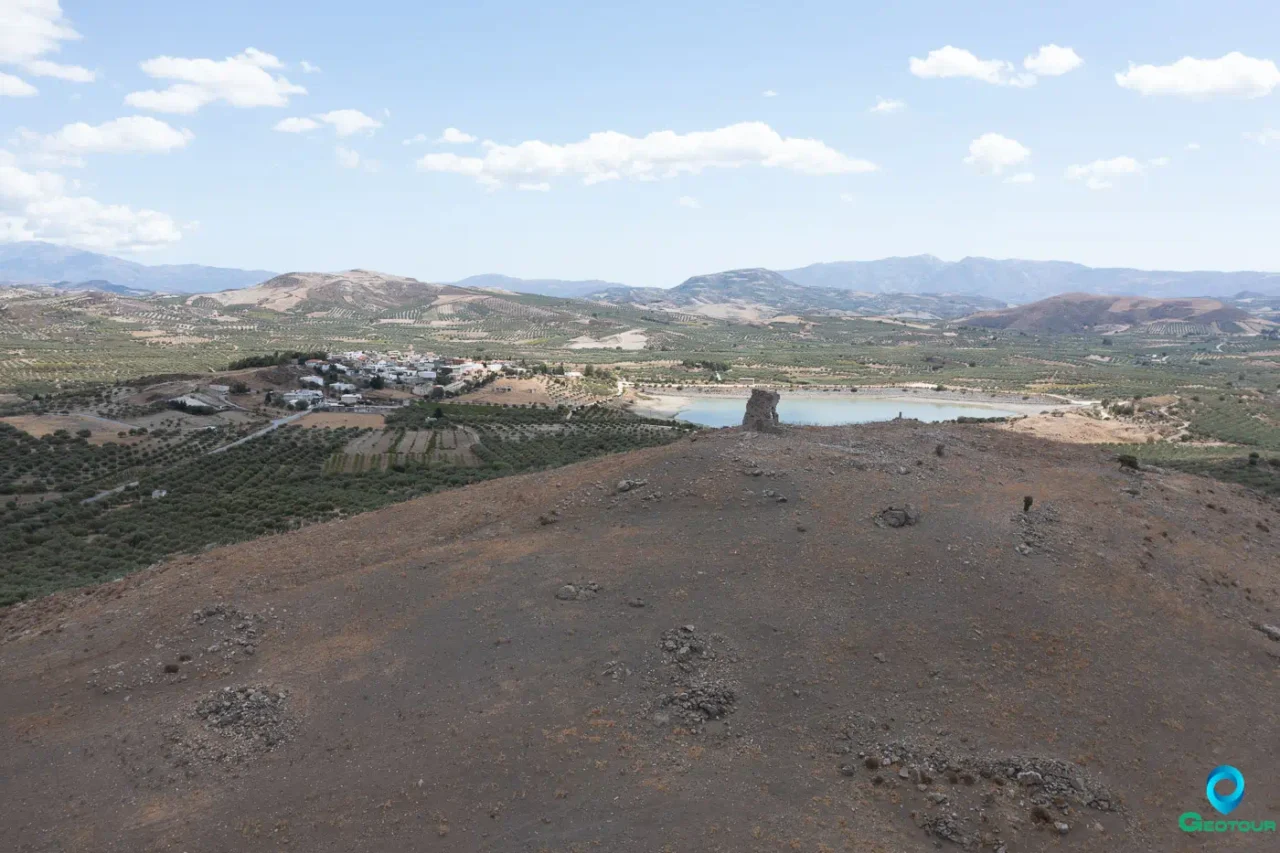
Damania is a village located in the Heraklion regional unit on the island of Crete, Greece. It serves as the seat of the community of the same name within the Municipality of Archanes-Asterousia. Historically, it was part of the Monofatsi province within the Heraklion Prefecture. The village is situated on the southeastern slopes of Mount Ophis, near the Epanosifi Monastery. Its distance from Heraklion, the capital of Crete, is approximately 33.7 kilometers. The primary occupations of the residents are viticulture (grape cultivation) and olive cultivation. Damania also has a primary school.
History
The name “Damania” is believed to have originated from the earlier form “Damana,” which in turn is derived from “Da Ma,” meaning “Mother Earth.” During the Ottoman occupation of Crete, Damania, like many other villages in the region, was inhabited solely by Ottomans. In 1834, for instance, only Ottoman families were recorded in the nearby village of Arkadi. The 1881 census further illustrates this demographic, showing 117 Turks in Damania, 40 in Melissochori, and 57 in Arkadi.
Following the Greco-Turkish War (1919-1922) and the subsequent population exchange between Greece and Turkey, refugees from Seleukeia in Asia Minor settled in Damania. As a result, some of the older residents still speak Turkish.
During the Nazi occupation of Crete in World War II, the neighboring village of Melissochori became a center of resistance. A clandestine radio station and a court were established in a cave in the village. This court tried and sentenced collaborators, who were then thrown into a nearby ravine.
Archaeological Discoveries
In 1915, a significant tholos tomb with water was discovered at the Kourina site near Damania. This tomb, dating back to the Late Minoan period (around the 13th century BC), was used by the Muslim residents for water supply. It was built according to the Mycenaean system and features a 10-meter long and 1-meter wide entrance passage leading to a burial chamber. Excavations led by archaeologist Xanthoudides unearthed three clay larnakes (chest-shaped coffins) and various grave goods.
Damania Lake
In 2003, a dam was constructed on a river west of Damania, creating a lake that has become a prominent feature of the village’s landscape. The lake enhances the natural beauty of the area and provides opportunities for recreation and birdwatching.
Kefala Hill
Northwest of Damania, on the road to Arkadi, lies Kefala Hill. This hill offers panoramic views of Damania, its lake, the fertile plain, and other villages in the Monofatsi region. The top of the hill is covered with the ruins of an old village, believed to have been inhabited exclusively by Muslims during the Ottoman era. After the liberation of Crete, the village was abandoned, and the new village of Damania was built at a lower elevation. The ruins on Kefala Hill, including the remnants of a large building that may have served as a police station, provide a glimpse into the region’s past.
Damania: Key Points
- Historical References: The village is mentioned in historical records as early as 1583, under the name “Damagna.”
- Location: Southeastern slopes of Mount Ophis, near the Epanosifi Monastery, Heraklion regional unit, Crete, Greece.
- Historical Significance: The village has a history dating back to at least the 16th century. During the Ottoman occupation, it was inhabited exclusively by Ottomans. After the Greco-Turkish War, refugees from Seleukeia in Asia Minor settled in Damania.
- Population Data:
Year |
Population |
|---|---|
2021 |
113 |
- Current Status: A small village primarily engaged in agriculture, with some residents working in a local net-making factory.
Access
Damania is 13.9 kilometers away from the town Arkalochori and 6.4 kilometers away from Tefeli













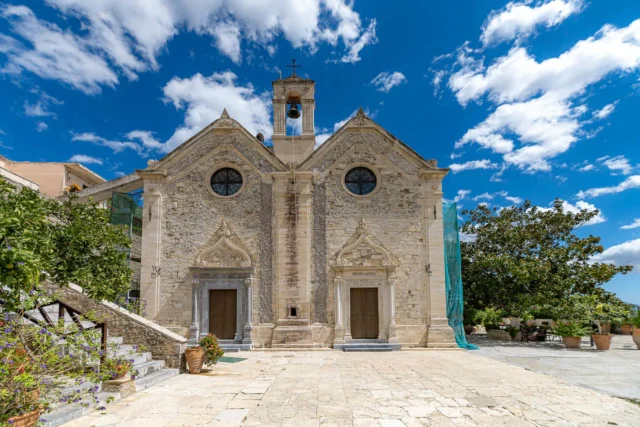

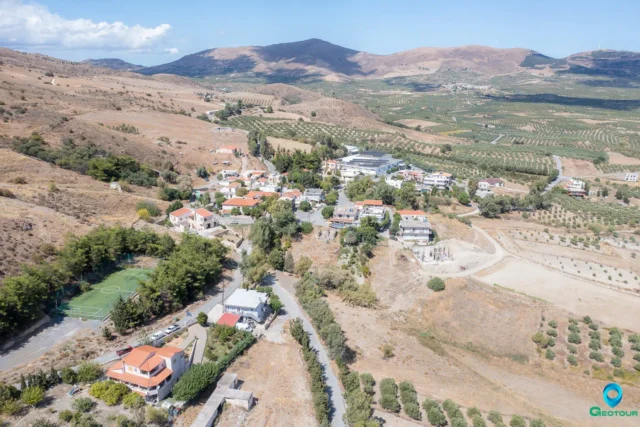



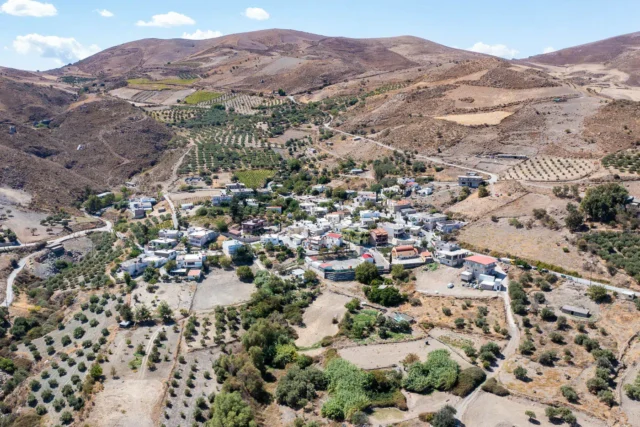


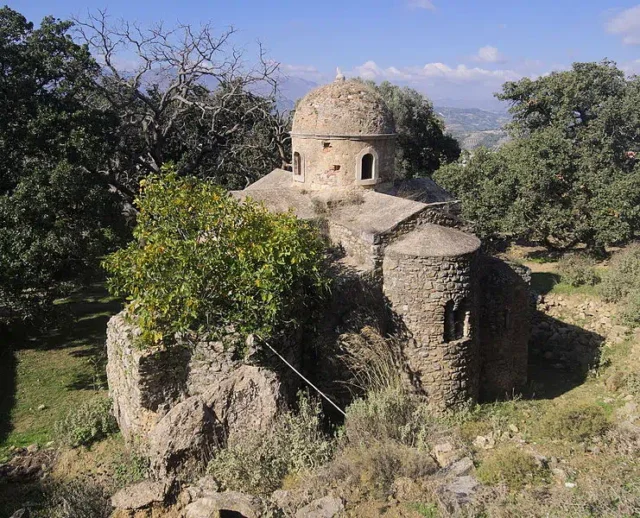


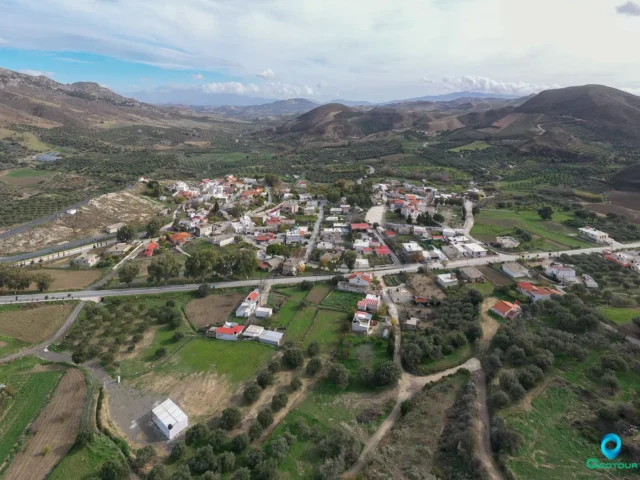
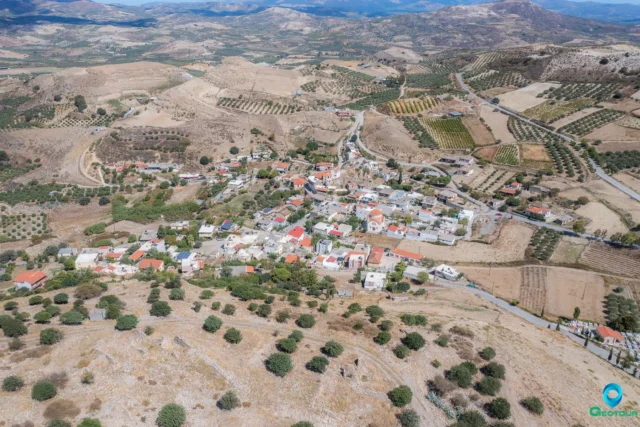
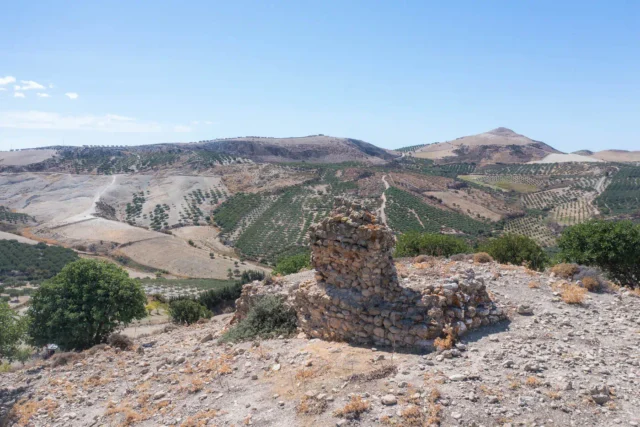
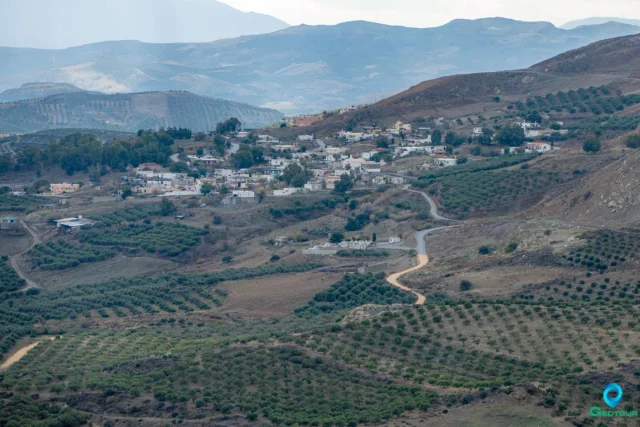
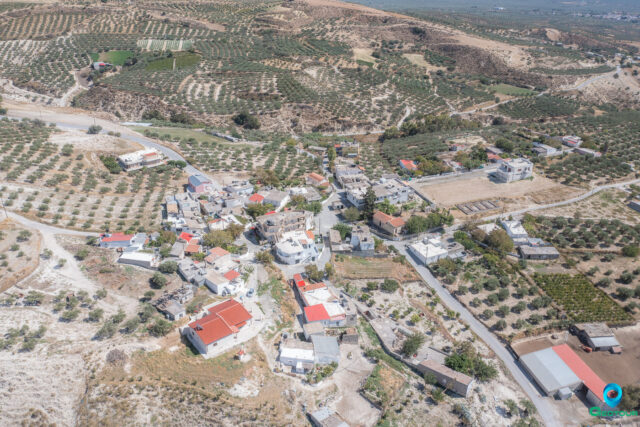

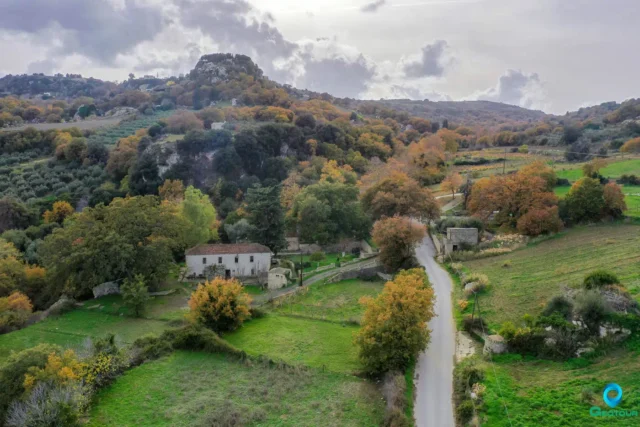

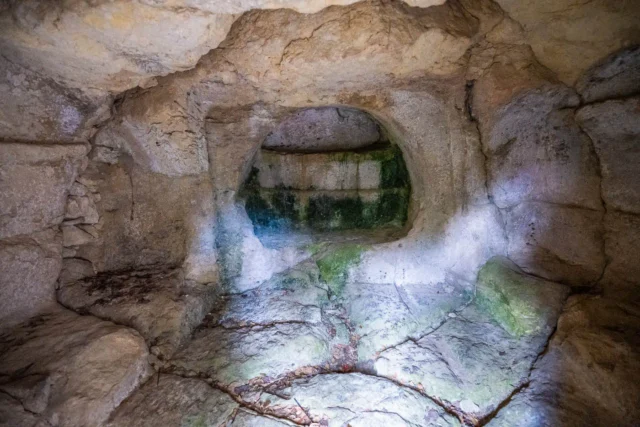
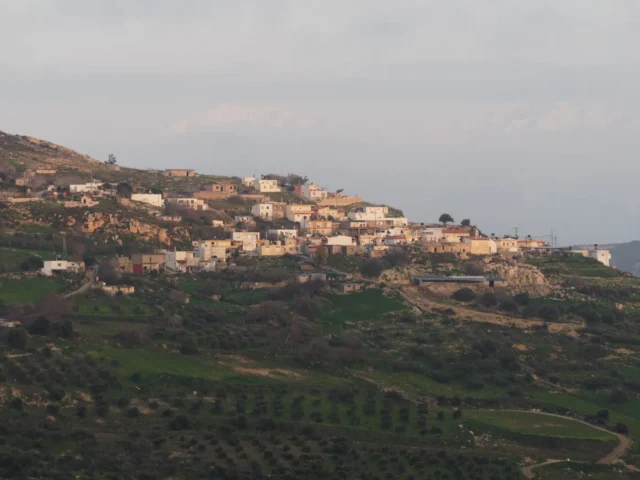

There are no comments yet.